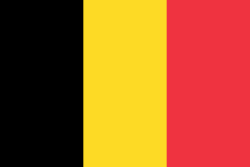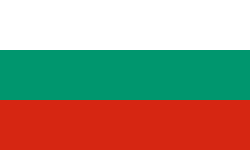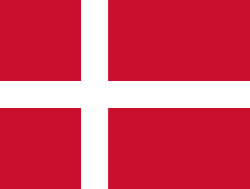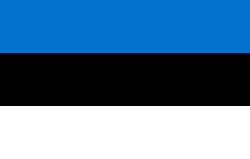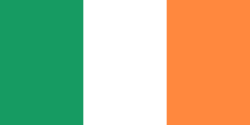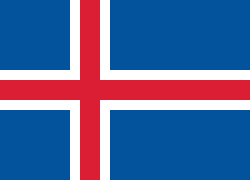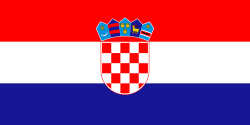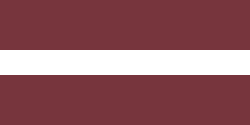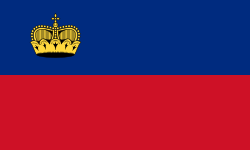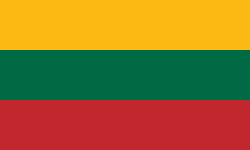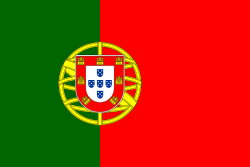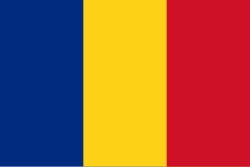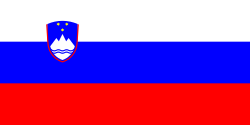EØS

EØS eller Det Europæiske Økonomiske Samarbejdsområde er et frihandelssamarbejde i Europa. EØS-aftalen blev underskrevet i maj 1992 mellem de daværende 12 medlemsstater af EF og de daværende seks EFTA-medlemsstater: Finland, Island, Norge, Schweiz, Sverige og Østrig. Efter en folkeafstemning i december 1992, der resulterede i et nej, ratificerede Schweiz ikke aftalen. Da aftalen trådte i kraft i begyndelsen af 1994, var der derfor 17 deltagerlande.
Siden da er tre af de oprindelige EFTA-lande, Østrig, Finland og Sverige, blevet fuldgyldige medlemmer af EU, mens Liechtenstein i maj 1995 tiltrådte EØS. Liechtenstein var blevet medlem af EFTA i 1991. Aftalen gælder derfor nu de 27 EU-medlemsstater og tre EFTA-lande, men ikke Schweiz, som dog stadig er medlem af EFTA. Da Storbritannien d. 31. januar 2020 ikke længere var en del af EU-samarbejdet, indebar det også, at Storbritannien forlod Det Europæiske Økonomiske Samarbejdsområde, og i april 2021 indgik Storbritannien og EU en bilateral handelsaftale.
Lande omfattet
Se også
| ||||||||||||||||||||||||||||||||||
| |||||||||||||||||
|
Medier brugt på denne side
Finlands flag
Det er let at give dette billede en kant
Flag of Liechtenstein
Flag of Portugal, created by Columbano Bordalo Pinheiro (1857–1929), officially adopted by Portuguese government in June 30th 1911 (in use since about November 1910). Color shades matching the RGB values officially reccomended here. (PMS values should be used for direct ink or textile; CMYK for 4-color offset printing on paper; this is an image for screen display, RGB should be used.)
The flag of Slovenia.
- "The construction sheet for the coat of arms and flag of the Republic of Slovenia
- is issued in the Official Gazette Uradni list Republike Slovenije #67, 27 October 1994
- as the addendum to the Law on the coat of arms and flag."
Flag of Austria with the red in the Austrian national colours which was official ordered within the Austrian Armed Forces (Bundesheer) in the characteristic “Pantone 032 C” (since May 2018 the Red is ordered in the characteristic “Pantone 186 C”.)
The Flag of Europe is the flag and emblem of the European Union (EU) and Council of Europe (CoE). It consists of a circle of 12 golden (yellow) stars on a blue background. It was created in 1955 by the CoE and adopted by the EU, then the European Communities, in the 1980s.
The CoE and EU are distinct in membership and nature. The CoE is a 47-member international organisation dealing with human rights and rule of law, while the EU is a quasi-federal union of 27 states focused on economic integration and political cooperation. Today, the flag is mostly associated with the latter.
It was the intention of the CoE that the flag should come to represent Europe as a whole, and since its adoption the membership of the CoE covers nearly the entire continent. This is why the EU adopted the same flag. The flag has been used to represent Europe in sporting events and as a pro-democracy banner outside the Union.Forfatter/Opretter: Danlaycock, Licens: CC BY-SA 2.5
European Economic Area (EEA) member states
Forfatter/Opretter: Datastat, Licens: CC BY-SA 3.0
European Economic Area as single entity
Logo of the European Free Trade Association.

